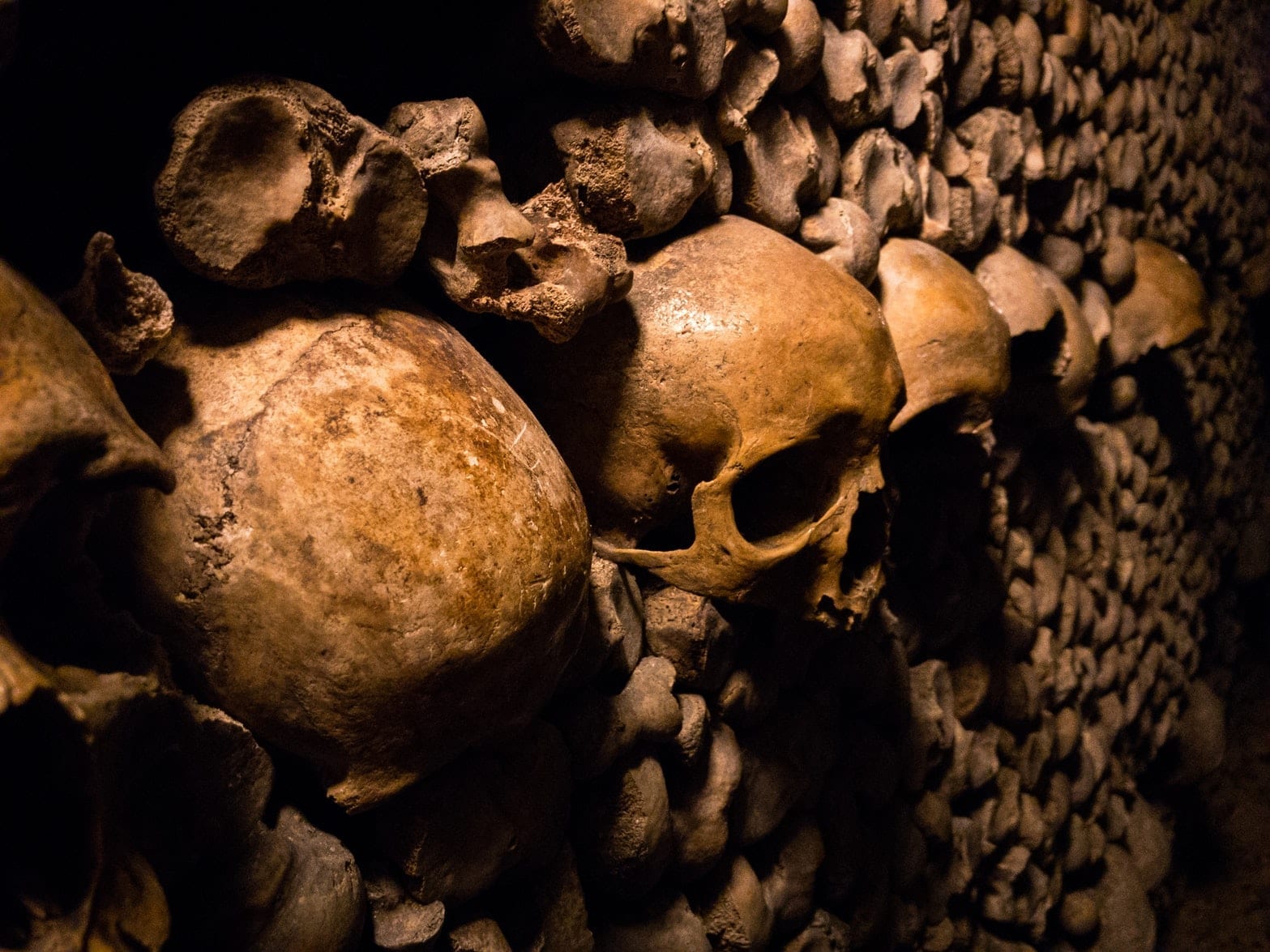The film “28 Years Later” was a new experience that transcended the framework of the previous “28 Days Later” and “28 Weeks Later” series. This work is the long-awaited sequel that inherits the same worldview as “28 Days Later” and “28 Weeks Later,” which thrilled many fans of zombie horror. However, there is no need to worry if you haven’t seen the previous works. The film is structured in a way that allows it to be enjoyed on its own, so even if this is your first time watching it, you should be able to immerse yourself in the world without any issues.
One of the film’s highlights is its diverse poster campaign. Each poster conveys a significantly different impression of the film, altering the viewer’s expectations and preconceptions before they watch it. Before viewing the film, I recommend comparing multiple posters to let your imagination run wild. Each poster reflects the multifaceted nature of the film.
And depending on what you expect from the film based on these images, your evaluation of it may vary significantly. If you go to see it expecting a zombie panic film based on the trailer, you may be disappointed. As mentioned later, the film does have an aspect of a zombie panic where infected people attack, but that is only a small part of it.
Some viewers who were expecting the thrill of a pure zombie horror film might feel unsatisfied or notice that the direction differs from that of previous series. When viewed as a zombie panic film, it felt like an “odd movie” from the beginning.




New fears and profound human drama
The movie “28 Years Later” is directed by Danny Boyle, who also directed the original “28 Days Later.” He brings his signature style of unique realism, tension, and deep exploration of human psychology to this film, drawing viewers deeply into the world of the story.
The plot revolves around a mysterious virus (the Rage Virus) that infects humans and turns them into violent creatures, a classic zombie-style narrative. The story begins in 2002 with “28 Days Later,” where the virus was initially developed at a Cambridge research institute to control anger. However, it mutated into a variant of the Ebola virus, causing infected individuals to enter a state of extreme rage instead of being cured. The virus spreads through blood and saliva, and symptoms (such as severe vomiting, convulsions, and bleeding) appear within 10 to 30 seconds after infection.
In a world where the virus has spread, the film features a viral pandemic. Still, the spread of the virus is limited to the British mainland, with France preventing its spread to the continent. Thus, it is not a scenario where all of human civilization has collapsed, but rather one limited to Britain.
The fact that the setting is a locked-down Britain is consistent with previous works, and the series’ signature “running zombies” are also present in this installment! Their swift and overwhelming movements will give audiences an unprecedented sense of terror.

What was particularly striking was the emergence of a new type of infected person, referred to as “Alpha.” This Alpha, who also appears in the trailer, was unimaginably terrifying.
It wasn’t just a big, barbaric man; there was a scene where he extracted the spinal cord from the heads of animals and humans, which was particularly memorable.
This scene is extremely graphic, so viewers should proceed with caution. There are also numerous scenes of infected individuals being shot, which are equally brutal. Honestly, I feel this content could warrant an R15 or R18 rating instead of a PG12 rating.
Closed community
The story begins with a young boy going hunting with his father. The rough, documentary-like quality of the footage, combined with the strange military song, gave the scene an eerie, almost brainwashing quality. It was a highly suggestive scene that left the viewer with much to ponder.
The hunting scenes continue with an oppressive atmosphere. In a world that has been completely devastated, the protagonist, a young boy, desperately struggles to survive, a struggle vividly depicted. What is particularly striking is the use of wide-angle shots and close-ups that zoom in on the characters, creating a sense of intimacy. It creates an overwhelming sense of immersion, as if the audience were right there in the scene, while also conveying a suffocating sense of entrapment with no escape.

A drastic change in style in the middle of the story, and an adventure into the outside world.
Spike returns from hunting and takes his sick mother with him as he ventures out into the outside world. In such scenes, the atmosphere of the work changes dramatically. The suffocating feeling of the first half is relieved, and beautiful images continue. It expresses the protagonist’s inner frustration being released and his horizons broadening.
This work is akin to the film “Creator/Creator,” where the boy and his mother embark on a journey through the English countryside. The vast beauty of nature stands out, with particularly striking scenes of landscapes and fields of rapeseed flowers. From this point onward, it becomes clear that this work is not merely a zombie story.

Through this adventure, he experiences various encounters. He sees a world that did not exist in his previous closed community, and unlike when he had his father as a guardian, he must now live on his own. Unlike before, when he would ask his father for advice and make decisions based on his father’s opinion, he must now make decisions independently.
The encounter with NATO combatants from outside the UK left a lasting impression. The sudden appearance of NATO combatants left me wondering what was going on. Still, these combatants were ordinary people like the audience. They carried smartphones, had girlfriends, and went to work. The contrast between the modern sensibilities of these combatants and the boys living in a devastated world made me realize once again the importance of “being ordinary” in an “abnormal world.“
The final developments and remaining mysteries
Spike, the destination, meets Mr. Kelson. Mr. Kelson appears as a doctor, a clergyman, and a missionary. And although it seemed that Alpha, who had been thought to be the final boss from the beginning to the end of the game, would be defeated and the game would end, it takes an entirely different turn.
The place where Dr. Kelson resides evokes a sense of reverence for the dead. It is an eerie and otherworldly space filled with piled-up skeletons. And Dr. Kelson says,
memento mori
Similar places to this stage include the Sedlec Ossuary (Kutná Hora, Czech Republic) and the Catacombs of Paris.
Sedlec Ossuary (Kutná Hora, Czech Republic)

What is “Memento mori”?
This phrase, which means “remember death” or “think of death” in Latin, has been used since ancient times in Christian teachings and works of art to remind people of the truth that all humans will eventually die, and to emphasize the importance of living life to the fullest and being aware of the transience of this world.

And once again, the difference in how “death” is treated in the early part of the community becomes apparent. In the community, the dead are treated as mere beings who have died. The graves, which were once simple graves with crosses affixed to them, are now depicted as stage sets that embody the concept of “memento mori” (remembering death), conveying gratitude to the living and their relationship with God. This scene transcends the boundaries of a mere zombie film, inviting viewers into deeper themes such as perspectives on life, death, and faith.
Spike experiences a new form of “death” and is no longer a boy.
Summary: A rite of passage for boys becoming men
“28 Years Later” is not just a zombie horror film. Instead, it is a human drama depicting the growth of a teenager entering adolescence. Amidst the destruction of the old world and its regeneration into something new, the story follows the protagonist as he takes a step forward despite his uncertain feelings and grows as a person.








